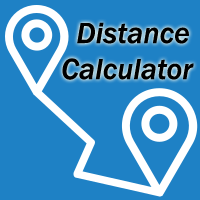Distance from Taylorville, IL, USA to Tehachapi, California, USA
There is driving distance between and .
There is estimated duration to reach destination.
Distance Conversions
Here is the distance in miles, and kilometers between and
| Distance type |
Miles |
Kilometers |
Nautical Miles |
| Driving distance |
|
|
|
| Straight distance |
|
|
|
About Taylorville, IL, USA
Taylorville, Illinois
Taylorville is a city in and the county seat of Christian County, Illinois, United States. The population was 11,246 at the 2010 census, making it the
Taylorville
Australia Taylorville Station, South Australia, a locality Taylorville, Alberta Taylorville, New Zealand Taylorville, California Taylorville, Illinois
Christian County, Illinois
the population was 34,800. Its county seat is Taylorville. Christian County comprises the Taylorville, IL Micropolitan Statistical Area, which is also
Taylorville, Alberta
Taylorville is an unincorporated community in Cardston County, Alberta, Canada. It is located on Highway 501 ten miles southeast of Cardston. The first
Taylorville, California
Taylorville is a former settlement in Marin County, California. It was located on the Northwestern Pacific Railroad 11 miles (18Â km) west-southwest of
About Tehachapi, California, USA
Tehachapi, California
Tehachapi /təˈhætʃəpi/ is a city in Kern County, California, in the Tehachapi Mountains, at an elevation of 3,970 feet (1,210 m) between the San Joaquin
Tehachapi Loop
The Tehachapi Loop is a 0.73 miles (1.17Â km) long spiral, or helix, on the Union Pacific Railroad Mojave Subdivision through Tehachapi Pass, of the Tehachapi
Tehachapi
as "Tehachapi" Tehachapi High School in Tehachapi, California Tehachapi Unified School District, based in Tehachapi, California Tehachapi Mountains surrounding
Tehachapi Mountains
The Tehachapi Mountains /təˈhætʃəpi/ are a mountain range in the Transverse Ranges system of California in the Western United States. The range extends
Tehachapi Pass
Tehachapi Pass is a mountain pass crossing the Tehachapi Mountains in Kern County, California. Traditionally, the pass marks the northeast end of the Tehachapis


